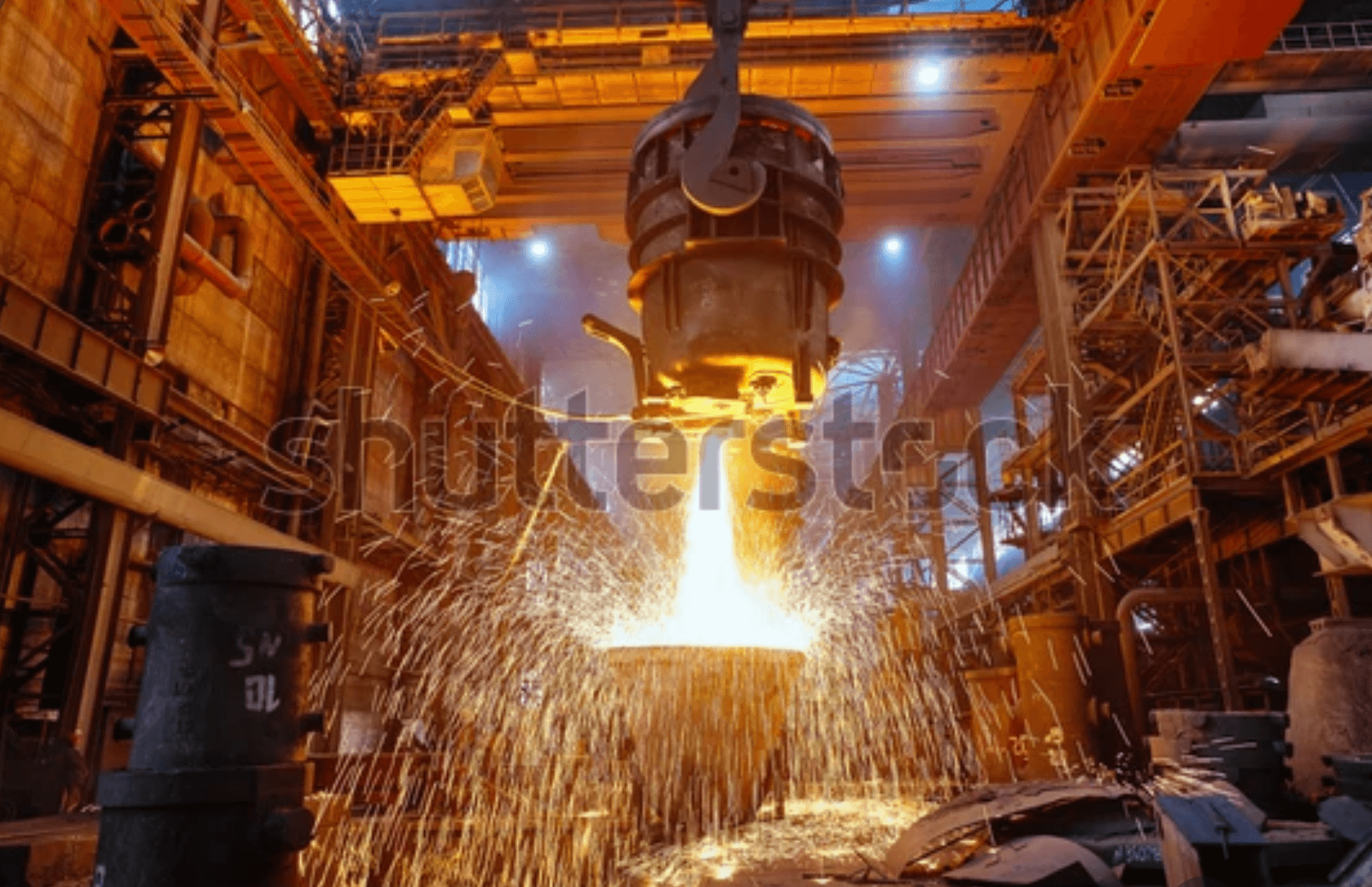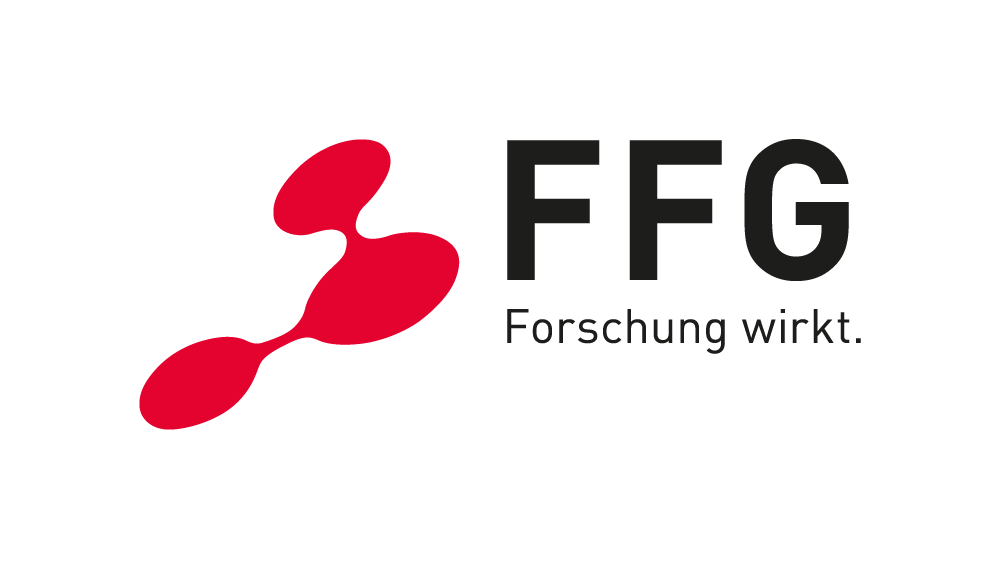Robust sensor technology for steel production
Reliable data acquisition in high temperature industrial environments

Digitalisation to optimise production is currently advanced and state of the art to a large extent. In some applications this is highly desired, but cannot be implemented due to harsh environmental conditions. In such environments, it is impossible to use standard equipment or components and adaptation to the application is necessary. By detecting fault conditions in steel plants, it is possible to prevent accidents and expensive production downtime and damage.
Together with RHI, LCM has developed a mobile sensor system with a wireless sensor network, which makes it possible to wirelessly transmit error states determined with sensors. For this purpose, a very application-specific development of the mobile sensor technology and its protection was implemented, with the requirements of a stable and robust transmission with low energy consumption. The solution makes it possible to prevent damage and avoid malfunctions in the very energy-intensive production of steel products.
Projektpartner: RHI
Requirements
- Implementation of stable wireless communication in harsh metallic industrial environments at high temperatures
- Sensor technology at very hot positions, i.e. >>200°C and evaluation of the sensors with mobile electronics at temperatures up to 120°C
- Protection of electronic components against high temperatures
- Detection of fault conditions to prevent damage resulting in high costs in production
- Localisation of the mobile sensor system using the wireless radio network
Solution
- Use of suitable wireless radio protocols and construction of a wireless mesh sensor radio network with very low energy requirements on the mobile sensor electronics
- Selection of suitable components for high temperatures. Critical components are cabling directly exposed to heat and energy storage devices that work reliably at temperatures up to 125°C
- Development, testing and commissioning of electronics, especially a radio module, that works successfully in applications up to 120°C with very low energy consumption
- Optimisation of energy consumption through the use of ultra-low power strategies in software, behaviour and hardware design with the requirement to be able to transmit detected error patterns immediately
- Thermal simulation and concept development for the protection of electronics against the hot environment, taking into account the heat conduction, heat radiation and convection of the air
- Signal interpretation of the sensors and derivation of error causes with physical application knowledge and the current position in production
- Analysis of the current connections in the wireless sensor network and smart positioning of the edge routers in the sensor network with the aim of determining the current position of the mobile sensors at the critical locations
Related Topics
Industrial IoT

Embedded Sensors

Ultra-low-Power

Wireless Communication
Location-based IoT & Tracking










